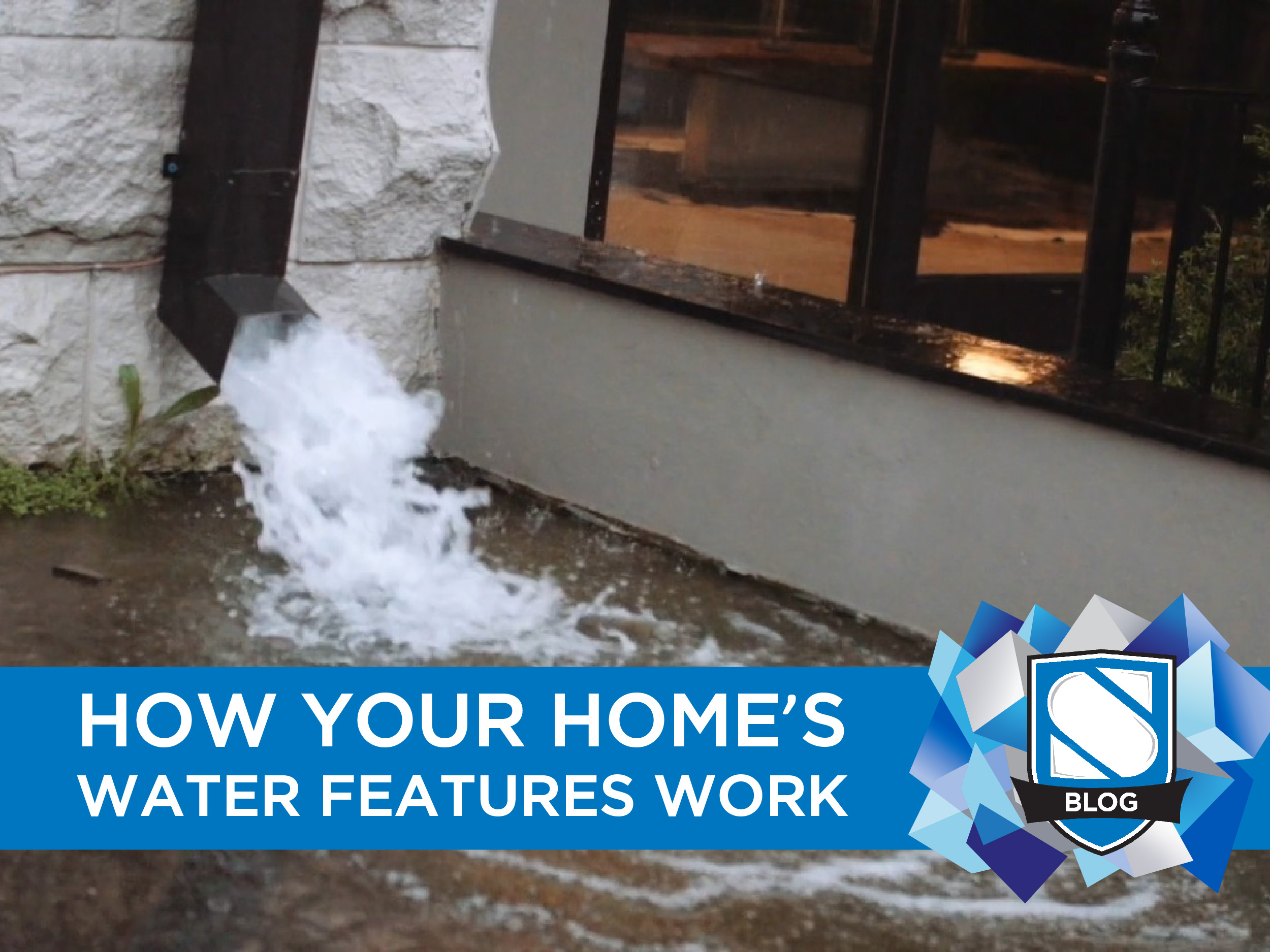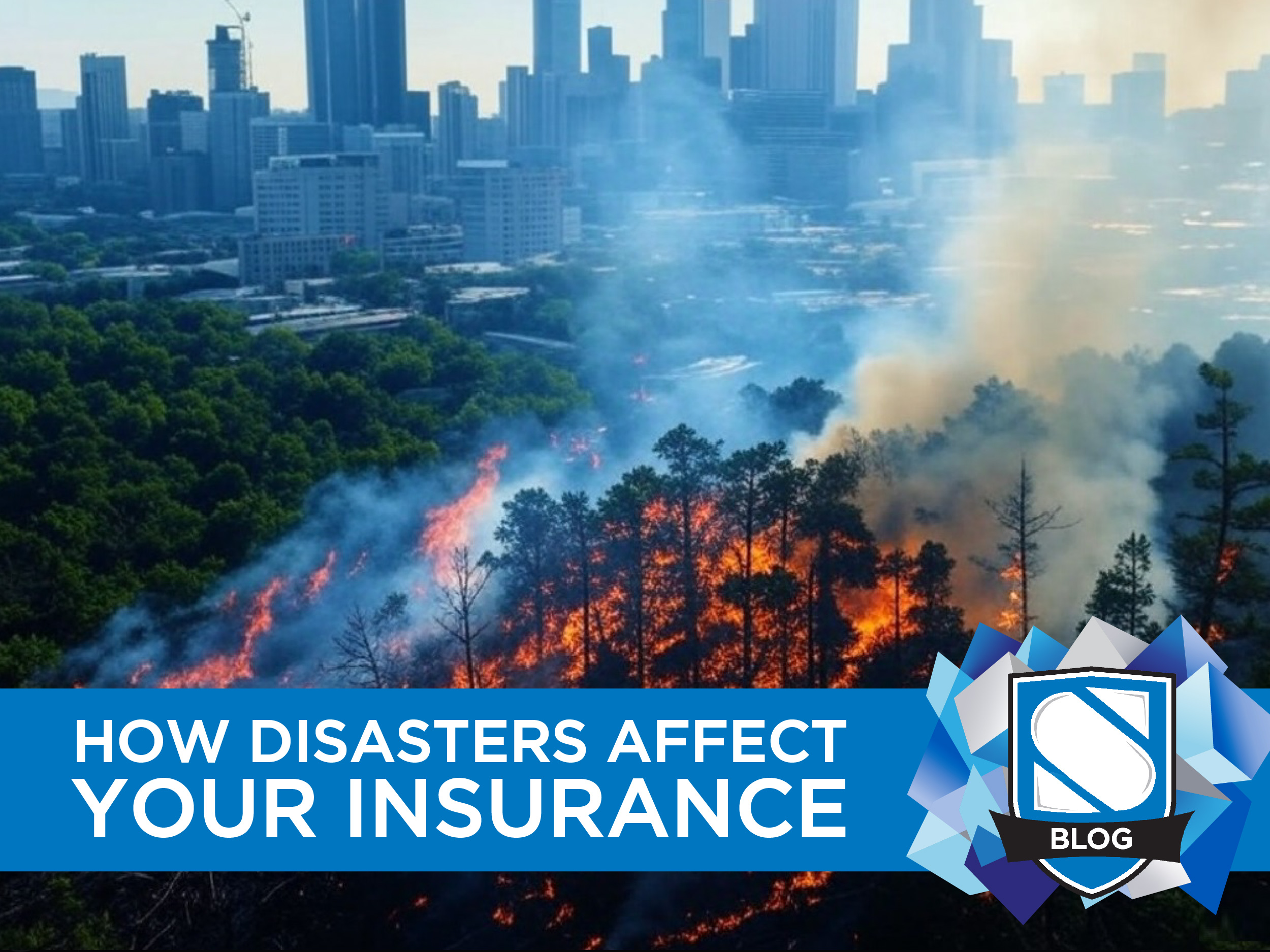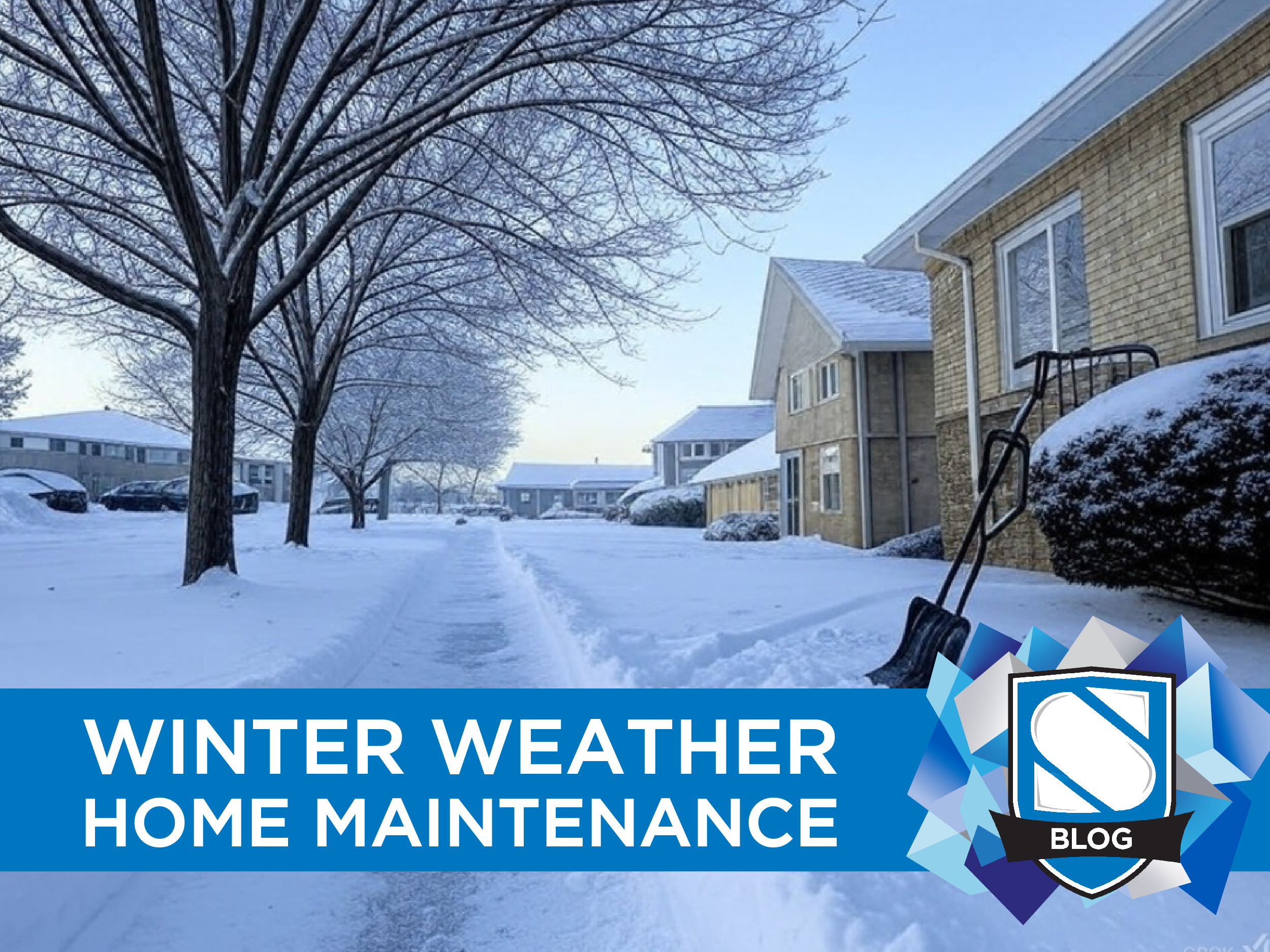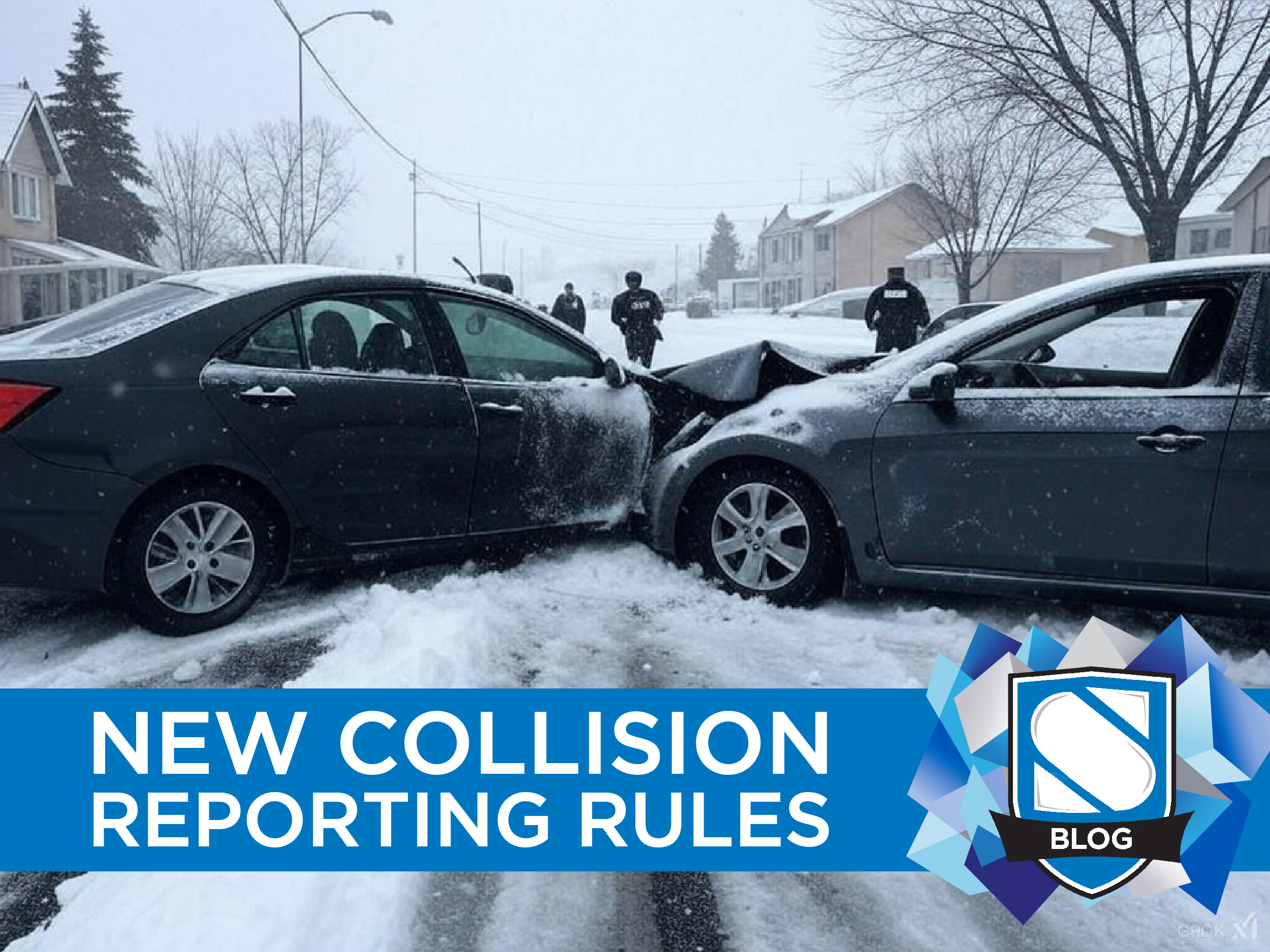When the mercury dips like it did near the end of January, people will do almost anything to warm up. This is especially true when your normal heating solutions won’t do the trick. Whether your furnace has broken down, or an extended power outage has turned your normally comfortable home into an ice box, you may be tempted to try a few alternative methods of heat.
But don’t do anything rash. Every year people make simple mistakes or take dangerous risks to warm themselves, that result in thousands of dollars of damage, injury, and even death. In your quest to stay warm during these last frigid months of winter, do whatever you can to avoid these home heating hazards, no matter how dire the situation.
Using Fuel-Burning Heaters without Proper Ventilation
When you’re cold, there is nothing more comforting than sitting close to a crackling fire. When handled safely and responsibly, fuel burning heaters like a fireplace or woodstove can be an absolute life saver. But when handled without the proper respect, they can become deadly dangers.
Fuel-burning heaters rely on, well, burning fuel. When you burn wood that releases carbon monoxide which, as we all know, can be lethal. This is not a problem if you’ve got everything set up right and the smoke and gas is being safely released outside. But deep in the winter and as an act of desperation, that’s not only the case.
Many homeowners with fireplaces and woodstoves keep them mainly as decorations, not as practical sources of heat. What sometimes happens is that halfway through a particularly cold winter or during a prolonged power outage, they’ll decide to give the old fashion method a shot. But, if the chimney hasn’t been properly cleaned and cleared, or the metal tubing on a stove properly maintained, harmful carbon monoxide might not be directed outside, but will linger and concentrate in the home. What makes this so insidious is that a home doesn’t not need to be visibly filling with smoke for carbon monoxide to become lethal. Small quantities released over a long period of time can be potentially deadlier than a readily noticeable problem as you won’t even know there is an issue until it’s too late.
Never use a fuel burning heat source unless you are absolutely sure it is safe. If there is any doubt or uncertainty, it is better to rely on other sources of warmth than to take the chance.
Oven Heat
On the topic of carbon monoxide, another potentially disastrous heating alternative to avoid is heating the home with the oven. Yes, this is more common than you might think. In situations where the furnace has broken down, some people get desperate enough to run the oven at a high temperature to ambiently heat the home (or at least the kitchen). If you’re using a gas oven, this again presents a risk of building up carbon monoxide. But, even if you have an electric oven, this is still a bad idea.
Running the oven at a high temperature for excessively long period of time can prematurely age and degrade the oven. This kind of abnormal wear and tear will come back to haunt you, either with an oven that doesn’t work one day, or by creating a potential fire hazard. It’s also extremely inefficient, racking up a large power bill for a comparatively minor increase in room temperature. No matter how desperate you get, avoid using your oven as a de facto heater.
Defrosting the Pipes with the Wrong Tools
When it gets exceptionally cold, there is always the chance the pipes might freeze up. This is a huge problem for any household and one you’d want to correct as quickly as possible. Sadly, there are few ways to rush this process and many of the common “repairs” for this sort of problem can cause more harm than good.
When you have a frozen pipe, do NOT try to fix it by heating it with a blowtorch. The sudden massive temperature change can cause catastrophic bursting — and being suddenly sprayed in the face with a mix of steam and ice-cold water while holding onto an active blowtorch is a recipe for trouble. Even something as forceful as a space heater and fan can be too much too fast. Causing a pipe to rupture right next to exposed electrical equipment like the elements of a space heater is the last thing you want to do.
So, what is the best way to fix a broken pipe? Towels soaked in warm (not hot) water works best. This way you can bring up the temperature slowly over a large area of the pipe, avoiding the kind of sudden flux that causes a rupture. But be warned, this is a slow process. If your pipes are frozen solid, it may take several hours of trading out towels to get things flowing again.
Space Heater Misuse
Space heaters can be a useful way to stay warm, but only if they are used properly. Unfortunately, when it gets very cold, common sense tends to go out the window while space heaters are used with reckless abandon.
Space heaters can have similar dangers to rarely used fuel burning heaters. If you own a space heater for the garage or work shed out back, you might not be keeping the same kind of eye on it you would with something you use on a regular basis. If it has been neglected, it could pose a fire risk when you bring it inside and run it for hours.
Even if you regularly use a space heater, running one excessively can still present a real hazard to your home. The risk of burnout or fire increases the more consecutive hours you clock on a heater, as does the risk of someone knocking it over or burning themselves on it (especially for homes with young children or pets).
If you need to warm the home up with a space heater, be sure to use a certified and inspected device that you know has been stored properly and is well maintained. Keep it away from walls, drapes, couches, bedspreads, and other potential fire hazards, and only run it for short bursts.
As you may have likely noticed, many of these hazards are the result of desperation, a panicked attempt to heat a home when normal methods fail. So how do we stay warm safely when mother nature freezes over and the heater is out? Stay tuned for a follow-up blog in the near future to find out!














0 Comments